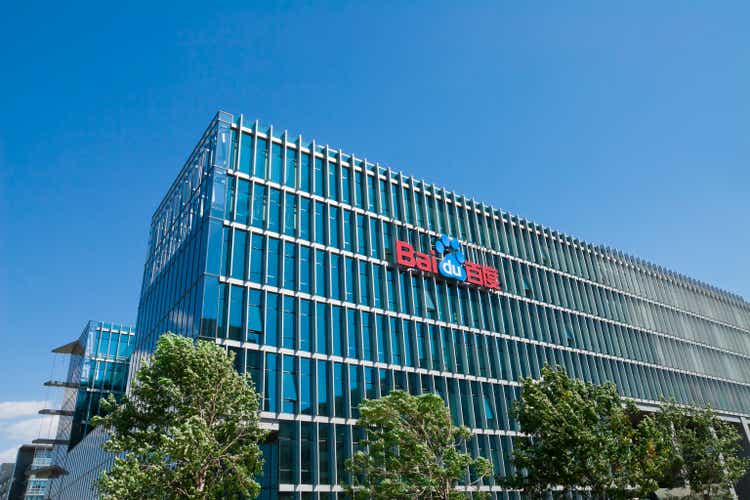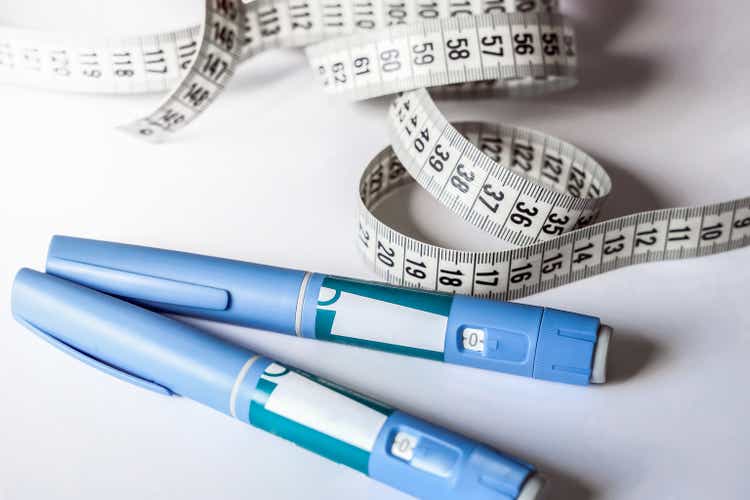Apple’s “Awe Dropping” event is kicking off today at 1 p.m. ET, and yes, it will be livestreamed: You can watch it on Apple’s official YouTube channel, the Apple TV app, and Apple’s Events website—but, and I say this with love, unless you’re working remotely, you might want to be careful about watching videos at work. If you get caught, that’s on you. On the other hand, your boss loves Fortune. We promise. (If they’re confused or try to protest, simply show them this article.)
Apple throwing a launch party for its new iPhones has become as synonymous with September as pumpkin spice everything, but this event is not quite like the others. Despite solid financial results, including record revenue in Q3, up 10% year-over-year, Apple’s had a mixed year in the markets as investor concerns about Apple’s AI capabilities have applied pressure on its stock. Apple, for some context, has chosen to pursue baking AI into its full software ecosystem that extends across devices rather than create a standalone app like ChatGPT or Claude or Perplexity, which you can access in dedicated apps and websites including, notably, on non-Apple devices. On top of that, Apple admitted earlier this year at its Worldwide Developers Conference that its promised Siri overhaul for this year wouldn’t arrive until 2026. That delay cost Apple roughly $75 billion in market value in a single day and prompted some analysts to question CEO Tim Cook’s leadership.
All of this to say: Wall Street is absolutely zeroed in on the AI gold rush right now and has grown impatient with Apple’s timeline on this front, so you can bet analysts will be watching this event closely and counting the number of times Apple says “AI” or “Intelligence.”
That said, unlike WWDC, Apple’s September events tend to be about new hardware. So here’s what we’re expecting.
iPhone 17 Air: The return of an ultra-thin design
Bloomberg‘s Mark Gurman reports that Apple will unveil the iPhone 17 Air, representing the company’s most dramatic iPhone redesign in years. The device is expected to measure approximately 5.5mm thick compared to the iPhone 16’s 7.8mm profile. Achieving this ultra-thin form factor will likely require significant engineering trade-offs, including a single 48-megapixel rear camera system and reduced battery capacity, according to analyst Ming-Chi Kuo.
Multiple reports suggest the device will gain ProMotion 120Hz display technology previously exclusive to Pro models, marking the first time this feature would appear in Apple’s mid-tier lineup. Pricing is rumored to start at $949, positioning the Air between the base iPhone 17 and Pro models. Wall Street analysts expect the Air could drive upgrade cycles among users with iPhone 13 or older devices, who represent roughly 40% of Apple’s installed base.
iPhone 17 and iPhone 17 Pro: First price increases in seven years expected
Industry sources suggest Apple plans to raise iPhone prices for the first time since 2018 across most of its lineup. The base iPhone 17 is expected to maintain its $799 starting price, but the iPhone 17 Pro could increase to $1,199—a $200 jump from the current model, according to Morgan Stanley’s Erik Woodring. The price adjustment would reportedly come with doubled base storage at 256GB and improved camera systems featuring new 48-megapixel telephoto lenses with up to 8x optical zoom.
Reports from supply-chain sources indicate the Pro models may introduce aluminum backs instead of glass, reducing weight while maintaining durability. New color options are rumored to include orange and blue variants alongside traditional options. Apple’s pricing power stems from its 90% customer retention rate, providing flexibility that competitors lack. Consumer acceptance of higher prices amid economic uncertainty remains a key variable for Apple’s fiscal 2025 performance.
Apple Watch Series 11: Enhanced health-monitoring rumored
According to Bloomberg, the Apple Watch Series 11 is expected to add blood-pressure trend tracking, which would monitor patterns over time rather than providing precise medical readings. The feature could detect trends that might indicate hypertension and prompt users to consult healthcare professionals. An updated S11 chip is anticipated to enable better performance and potentially improved battery life.
WatchOS 26 is rumored to introduce new fitness features, including something called “Workout Buddy” designed to enhance exercise motivation. The Series 11 may also gain 5G RedCap connectivity from MediaTek, providing faster data speeds than current LTE-only models. These updates would represent meaningful improvements to a device that already commands roughly 50% of the global smartwatch market.
Apple Watch Ultra 3: Satellite connectivity expected
Industry reports suggest the Apple Watch Ultra 3 could become Apple’s first standalone satellite-enabled wearable, offering emergency SOS functionality and potentially text messaging in areas without cellular coverage. The feature would extend capabilities introduced on iPhone 14 and later models to Apple’s wearable lineup.
Additional rumored improvements include enhanced 5G connectivity through RedCap technology and faster charging that could reach 80% capacity in 30 minutes. The Ultra 3 is expected to feature the largest Apple Watch display to date with improved brightness and viewing angles. These upgrades would address previous limitations while maintaining the Ultra’s focus on outdoor and adventure applications.
AirPods Pro 3: Health sensors may enter earbuds
Apple’s third-generation AirPods Pro are rumored to introduce heart-rate monitoring through LED optical sensors that track blood flow in the ear canal. The technology, previously tested in Powerbeats Pro 2, could provide more accurate readings than wrist-based monitoring due to superior blood flow detection in ears, according to industry sources.
Temperature-monitoring capabilities may also debut, potentially offering more precise readings than Apple Watch sensors since ear canals maintain more consistent temperatures. The AirPods Pro 3 are expected to feature improved Active Noise Cancellation, enhanced audio quality through a faster H3 chip, and studio-quality microphone recording. Some features may arrive through software updates after launch, following Apple’s typical rollout strategy.
AirTag 2: Enhanced range and privacy features expected
The second-generation AirTag is rumored to address key limitations through an upgraded Ultra Wideband chip that could triple Precision Finding range from roughly 30 meters to potentially 90 meters. Privacy improvements are expected to make the speaker more difficult to remove, addressing stalking concerns that have affected the first-generation product.
The AirTag 2 is anticipated to maintain compatibility with existing accessories while adding improved battery management and low-power alerts. The device would represent Apple’s response to criticism about the original AirTag’s potential for misuse, though law enforcement data indicates such cases affect a small percentage of total units sold.
The wider implications, and what’s at stake for Apple
These expected product announcements occur as Apple manages multiple business pressures. The company faces an estimated $1.1 billion impact from tariffs in fiscal Q4 2025, adding cost pressures as it navigates component price increases. Goldman Sachs expects iPhone sales to grow 5% in fiscal 2025 and accelerate to 7% in 2026, assuming successful execution of today’s rumored product launches.
Analyst sentiment remains mixed. While Goldman maintains its buy rating with a $266 target, MoffettNathanson argues that 30 times next year’s earnings is expensive for a company with “solid but not exceptional” growth prospects. The consensus among 31 Wall Street analysts shows a moderate buy rating with an average price target of $239—roughly flat from current levels.
Apple’s strategy appears centered on hardware innovation bridging the gap until AI capabilities mature in 2026. But this approach carries inherent risks: if these products fail to drive expected upgrade cycles, the company could face continued underperformance relative to its AI-obsessed peers in Silicon Valley, many of whom are advancing their strategies and technologies more aggressively than Apple. Meta, OpenAI, Microsoft and others are pouring billions into AI facilities, and talent—and soon, hardware. Success for Apple would depend on whether consumers will accept higher prices for incremental improvements while Apple develops its next generation of software capabilities.
For this story, Fortune used generative AI to help with an initial draft. An editor verified the accuracy of the information before publishing.
This story was originally featured on Fortune.com

 5 hours ago
1
5 hours ago
1

















 English (US) ·
English (US) ·